Today, the biggest news comes from the Russian Federation.
Almost four years of war have forced the fighting parties to adapt to the constantly changing realities on the battlefield. However, Russians can’t standardize these solutions or lessons learned throughout their entire armed forces, and it's costing them a lot of lives.
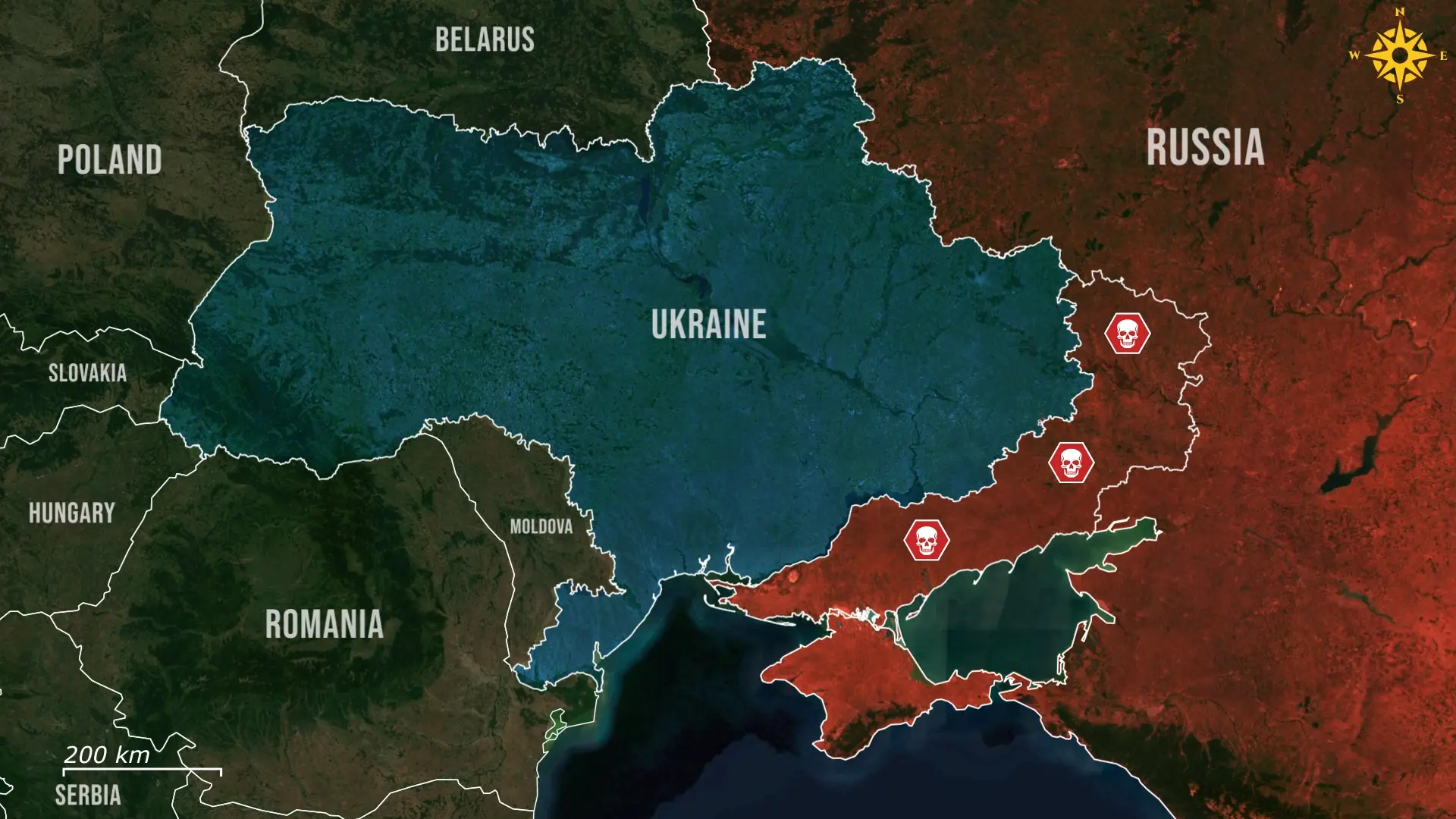
In the Russian armed forces, communication and coordination between units are mostly absent because there is no unified digital battlefield network, and junior officers conceal failures to avoid punishment. When an individual unit adopts a new method to enhance its defense, counter Ukrainian tactics, or improve logistics, the lack of communication and dissemination of this practice to other units limits the overall effectiveness, as no institution-wide adaptation occurs. Rigid command structure, Soviet-era mindset, budget mismanagement, and underfunding are all accountable for the lack of standardization. The main issue standing in the way of standardized solutions is that its doctrine, industry, and bureaucracy are structurally opposed to the prerequisites of standardization. The Russian military's doctrine glorifies ad-hoc improvisation over uniform procedures, and its industry maximizes short-term output from fragmented factories.
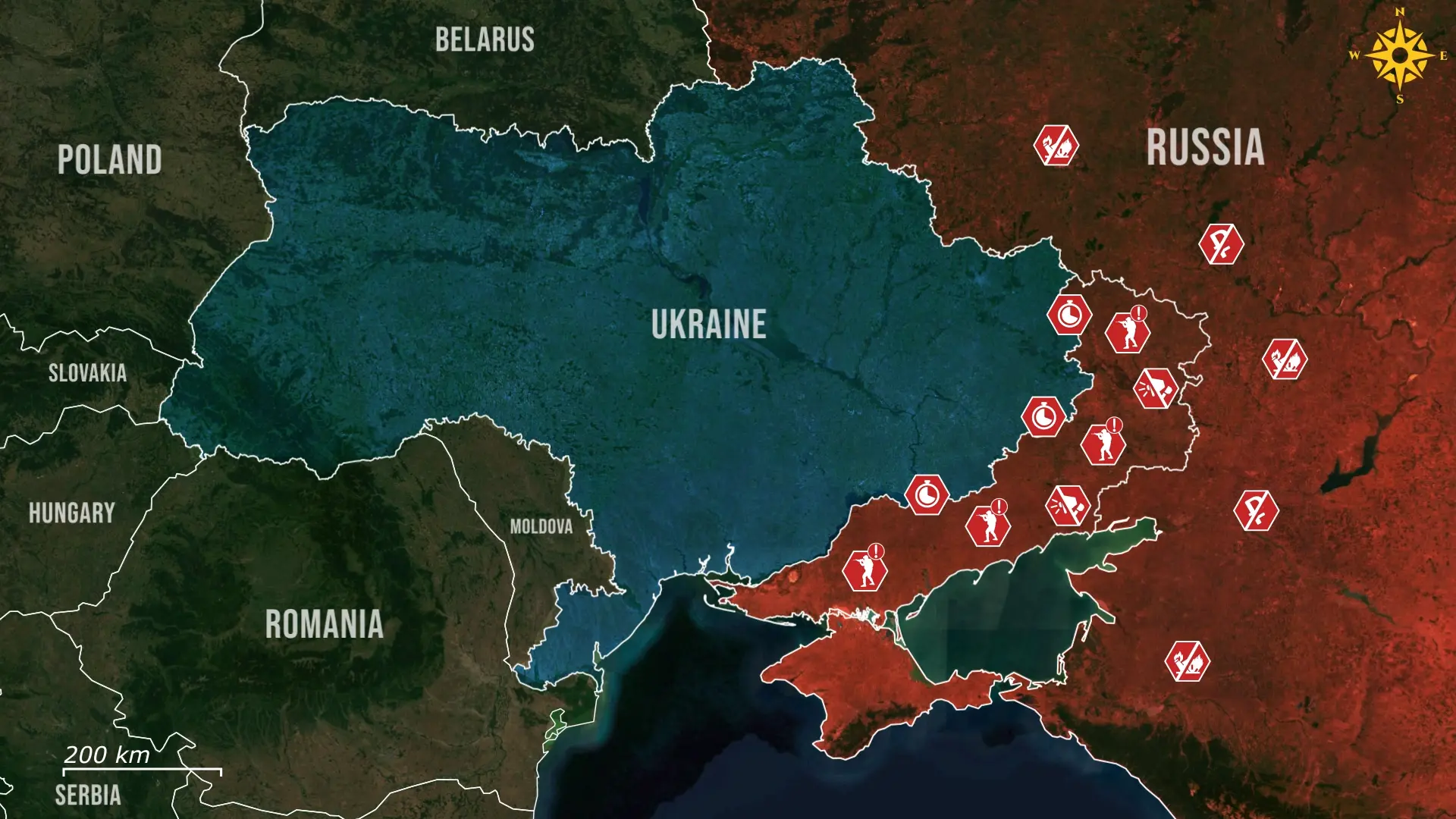
Russia is currently unable to meet the needs of its soldiers on the battlefield because of the high density of Ukrainian drones and logistical hurdles. Russian forces face persistent supply deficits, compelling volunteers to fund and deliver essential goods to inaccessible areas. Soldiers are frequently forced to use personal income to purchase consumables and non-standard equipment.

When it comes to fortifications, there are no prefabricated bunker models that could be quickly built to protect the Russian infantry. Electricity is also essential on the frontline to charge batteries or to keep the lights on in a bunker, which can only be provided by diesel generators or high-capacity power banks. However, there are multiple generator types used throughout the front by Russian units, which means that different spare parts and fuel fittings are needed for each of them. There is also no unit-level solar or battery standard, which means that a shared charging protocol is absent.
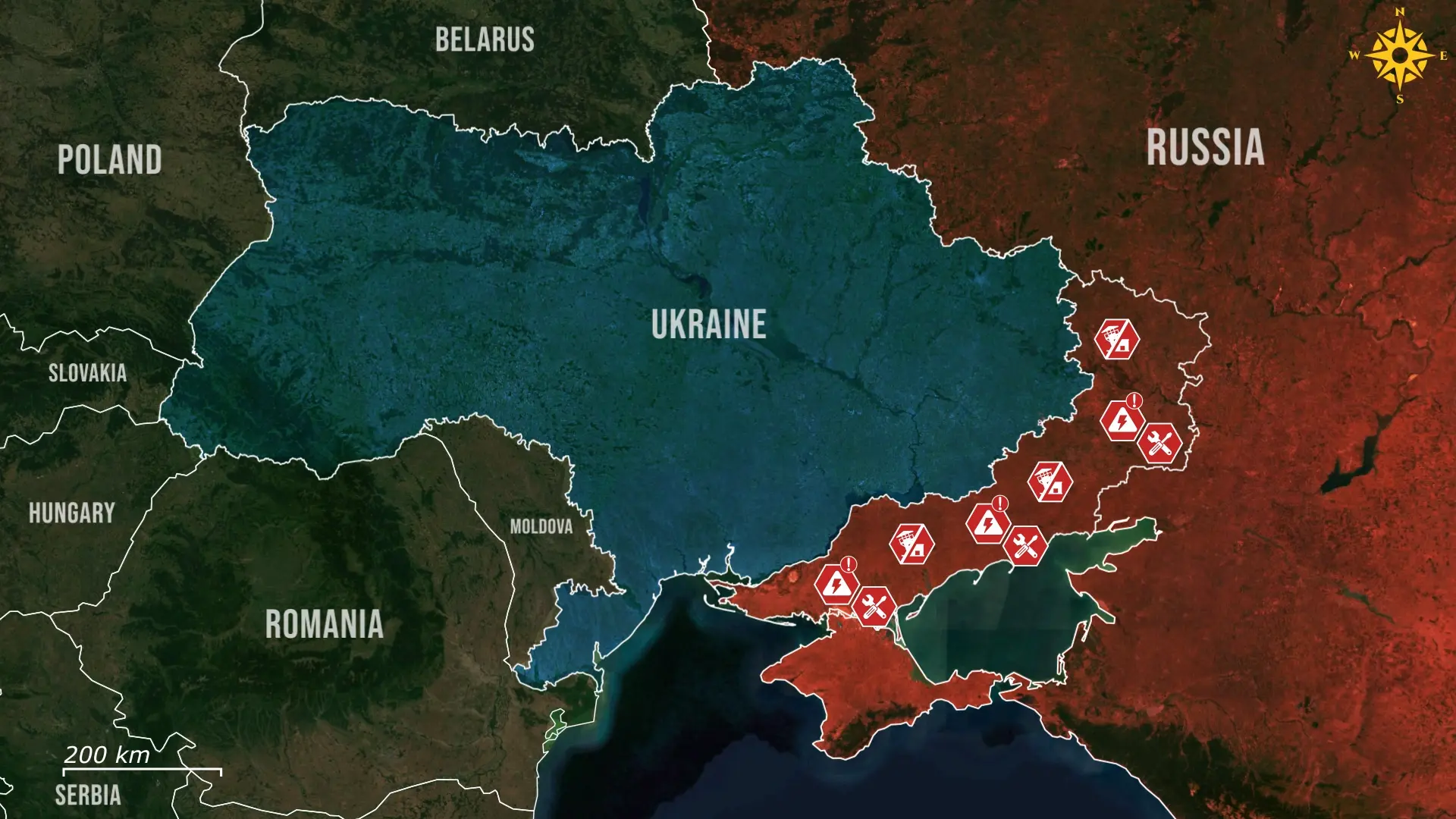
The quality of the standard equipment provided by the Russian army is often poor. There are instances where their soldiers received old equipment, such as Soviet-era medical kits, containing bandages and dressings manufactured in 1977. Troops were also issued rusted Kalashnikovs, helmets from the Second World War, and substandard bulletproof vests, which are unable to stop a bullet or shrapnel.

Because of the bad quality of the gear that the state can provide, Russian soldiers often need to loot gear from their fallen comrades. The standard issue in the Russian army isn’t sufficient because they prioritize quantity over interoperability; soldiers need to buy their own kit, which often means there is no identical equipment. As a result, logistics can’t support non-standard gear because there are no common radio mounts or pooled medical supplies.
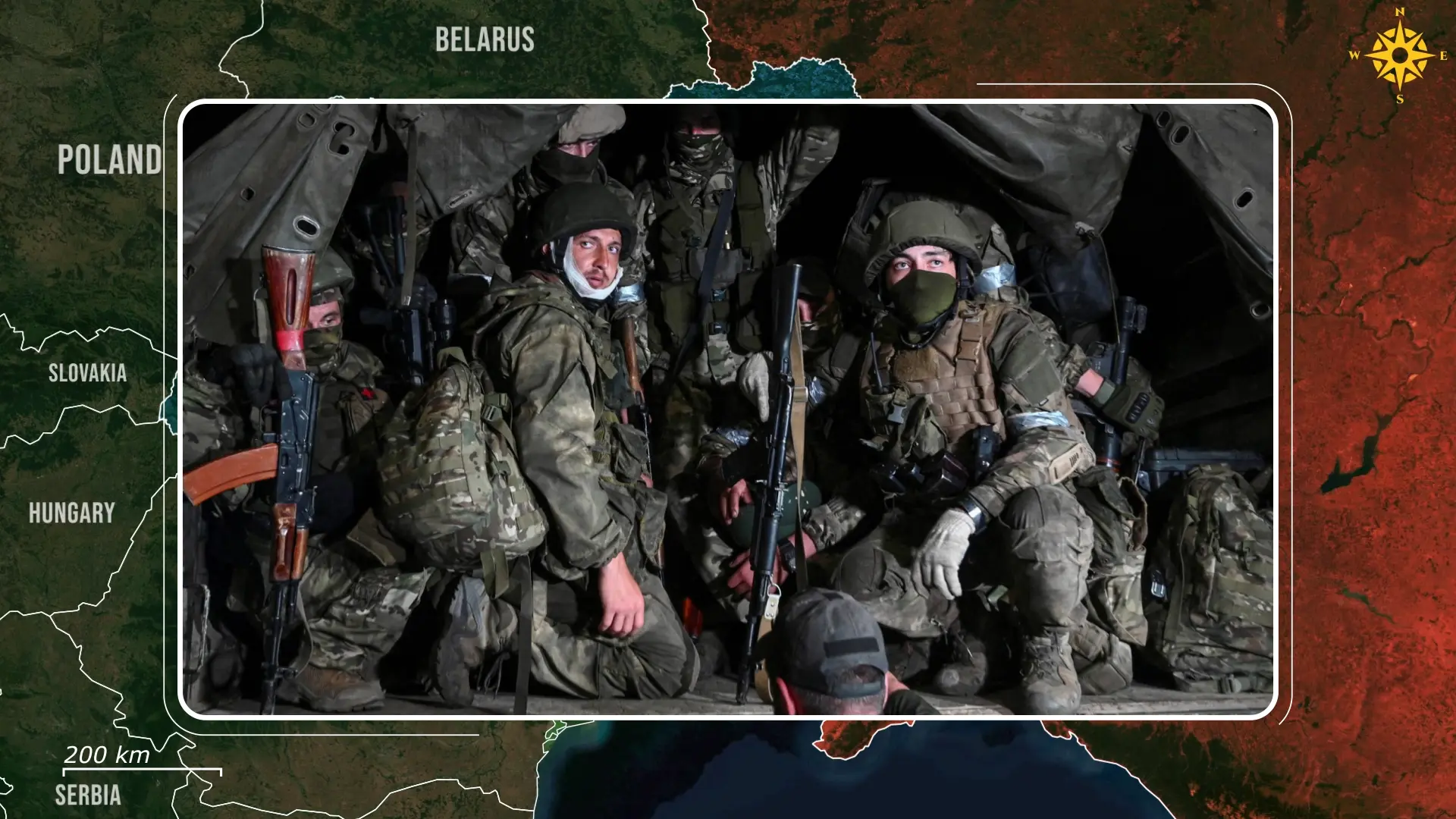
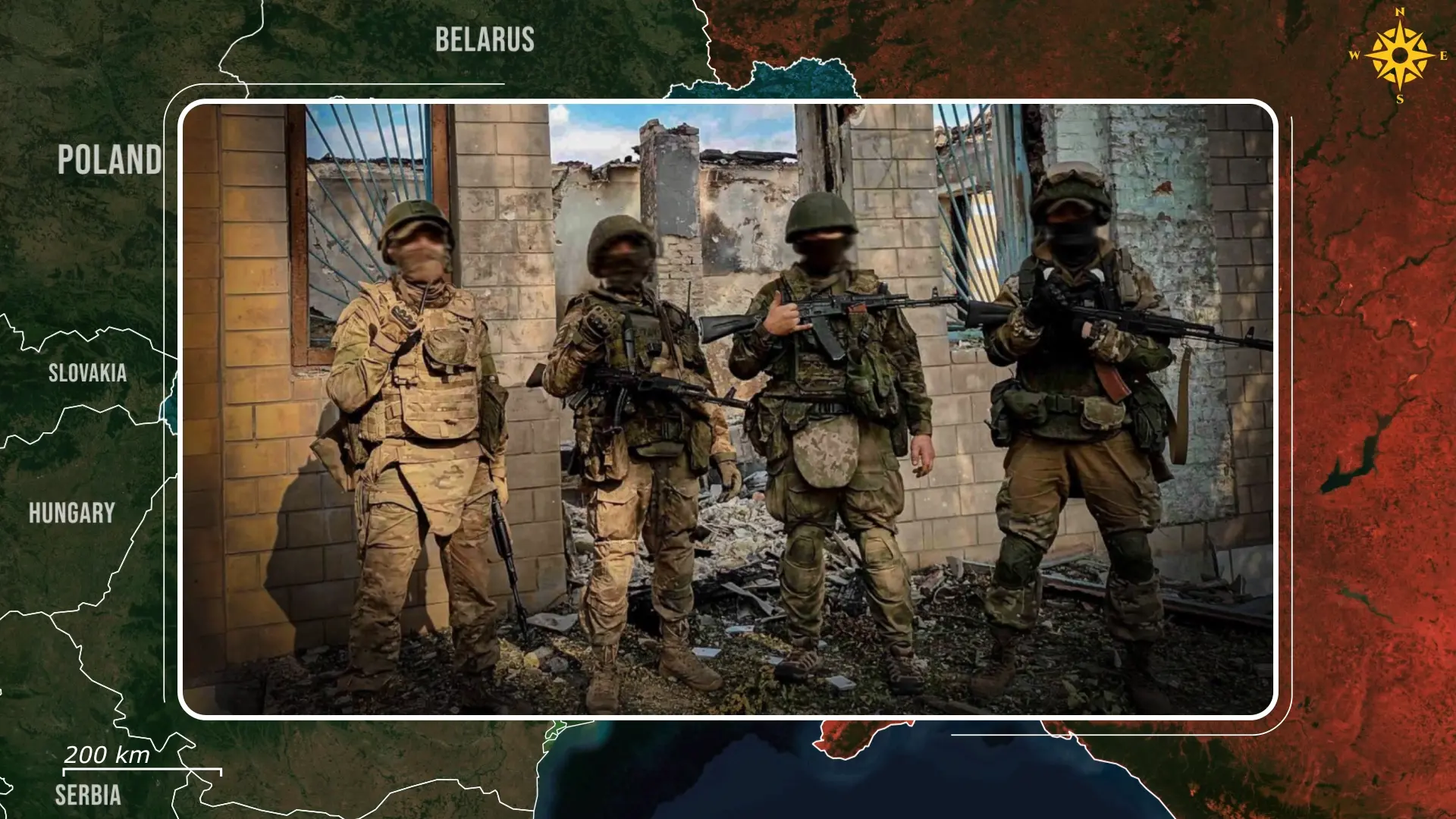
Because of extensive Ukrainian drone coverage, food or water are also limited, as supply trucks are easy to target, which forces the Russians to supply their forces by drones. However, the Russian army doesn’t have a military-specific logistics drone fleet, and the payload of the existing drones varies greatly, which makes their logistics unreliable. Additionally, Russia hasn’t yet been able to build extensive mesh tunnels to defend its logistical routes from Ukrainian drone strikes, while the Ukrainians have surpassed it in large-scale construction by developing and implementing a unified method. Netting was used by Russians in Bakhmut and Chasiv Yar, but it is absent or insufficient in the Pokrovsk sector, leaving the Russian logistics vulnerable and resulting in the failed Pokrovsk campaign earlier this year.

Ukraine produces military manuals covering topics from tactics to fortification construction, while Russia lacks comparable institutional efforts, relying instead on privately produced instructional materials. Standardized materials are essential because if veterans do not provide battlefield experiences to new soldiers, they can be lost when these experienced soldiers die.
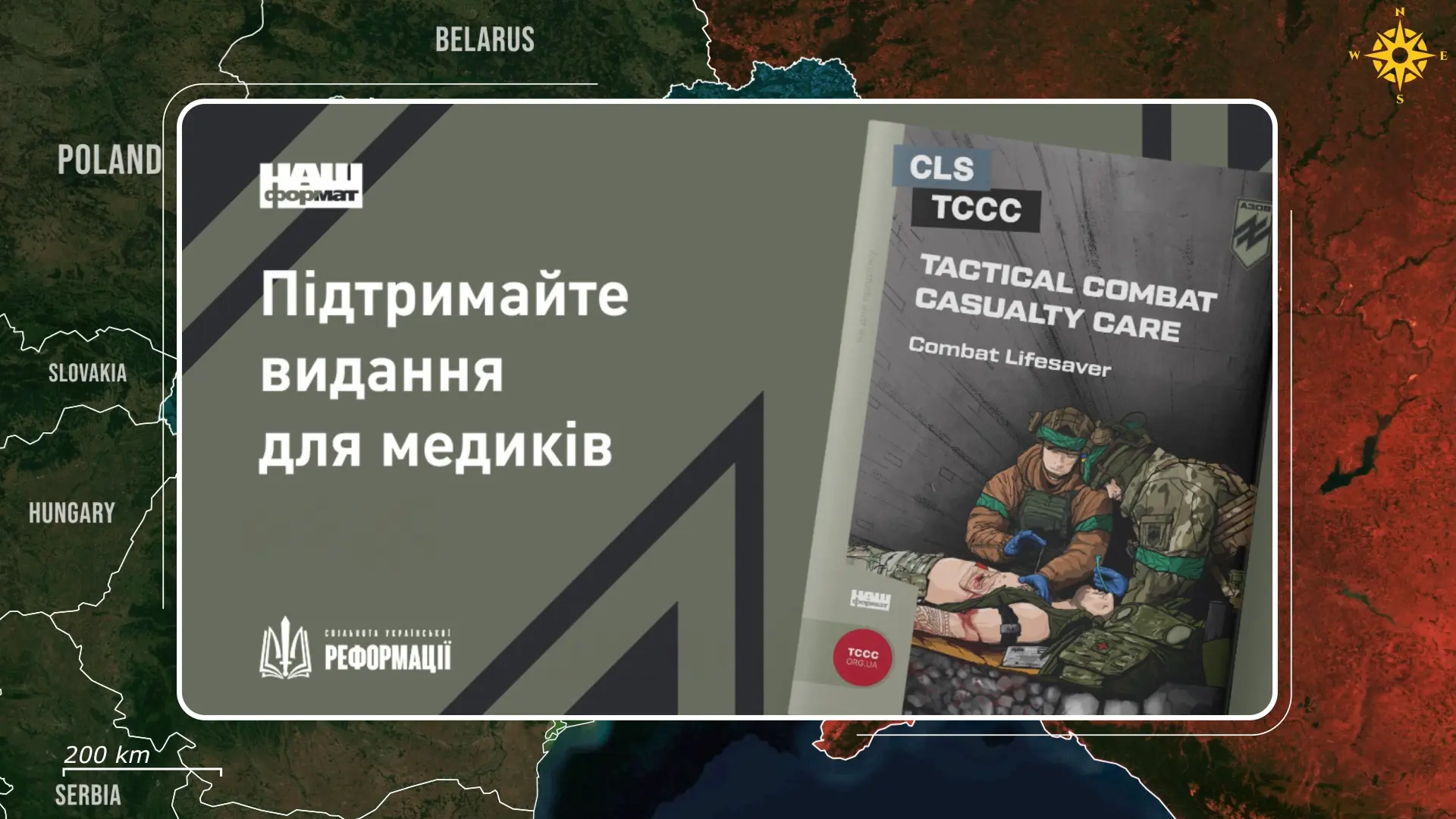
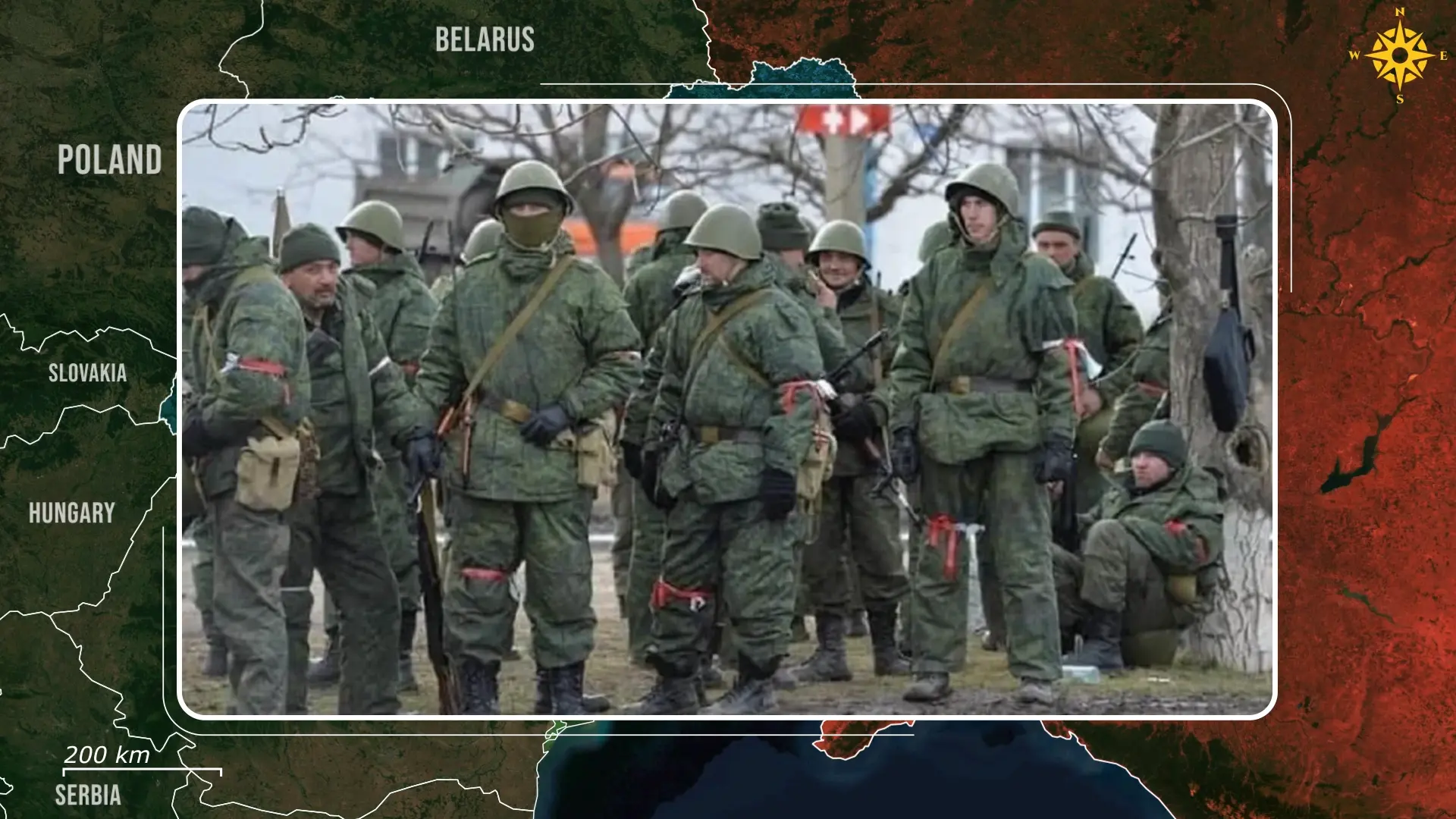
Overall, Russia’s rigid approach and lack of standardization hinder its ability to effectively function. As a result, there are staggering losses in manpower and equipment because of the lack of a unified approach in the Russian army. The Russian high command is interested in the status quo, as it benefits their personal goals and corrupt practices. This entrenched corruption and resistance to reform ensure that any attempt to standardize solutions is quickly undermined, leaving Russia’s military structure inefficient.
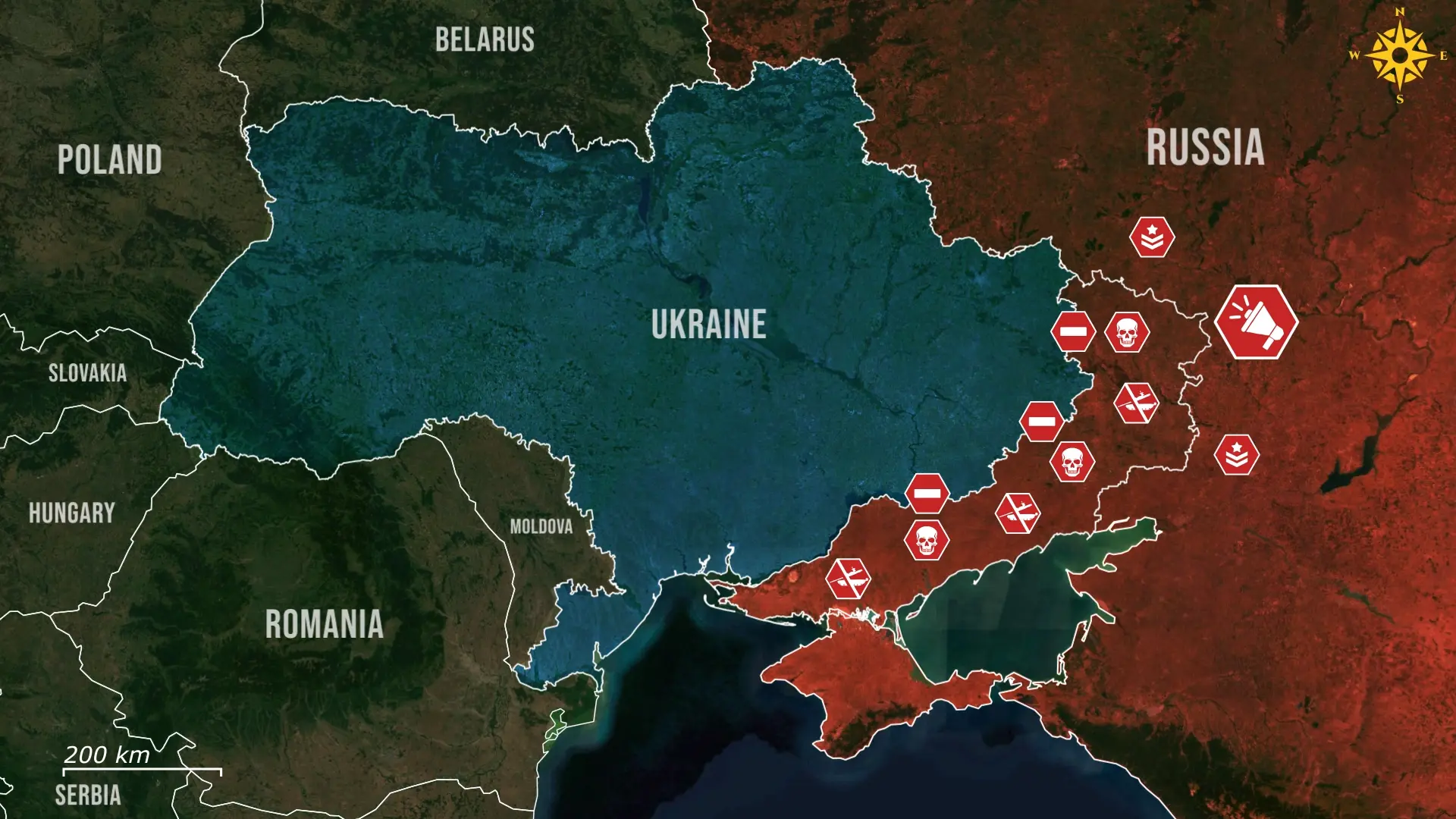








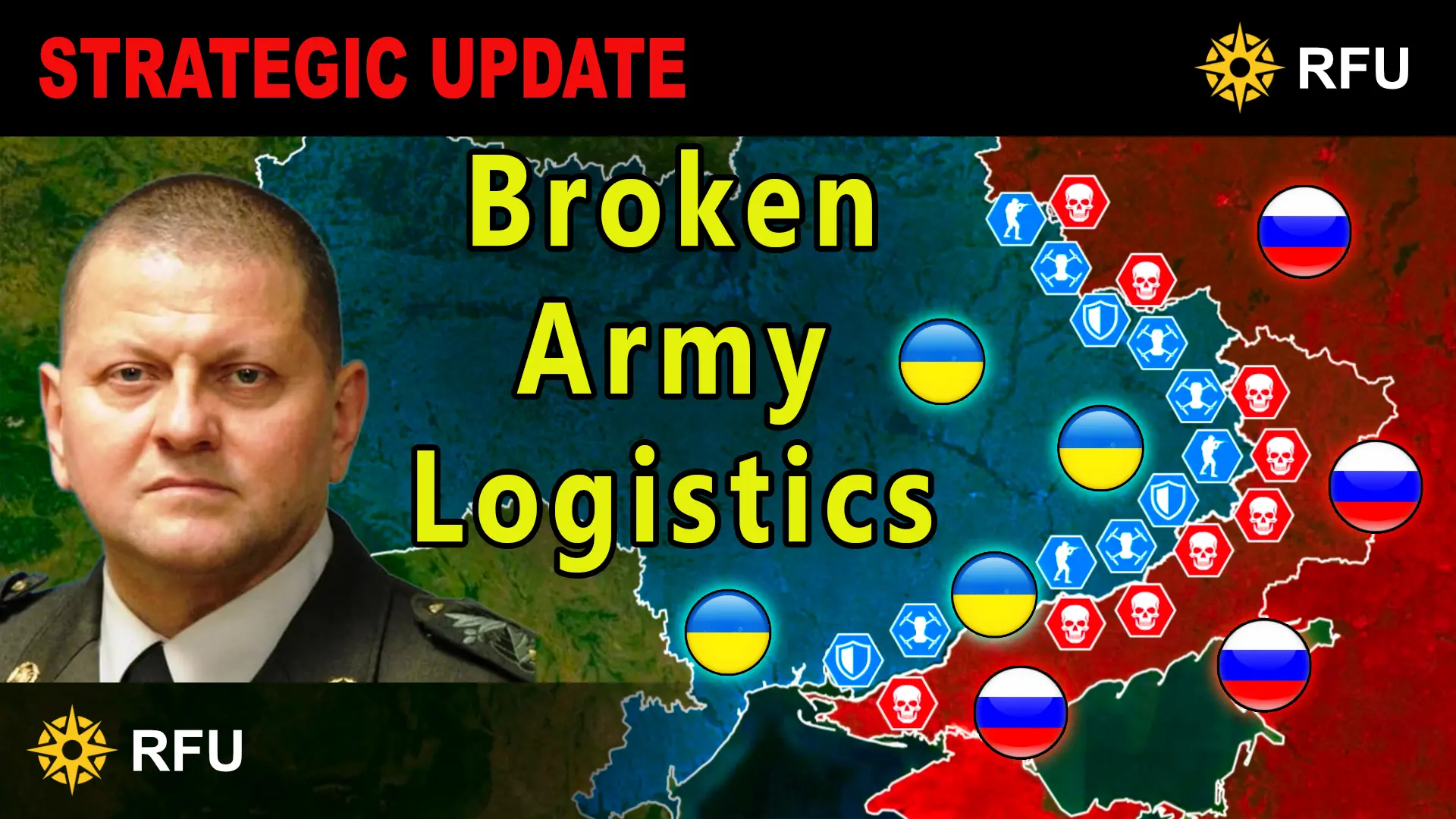
.jpg)

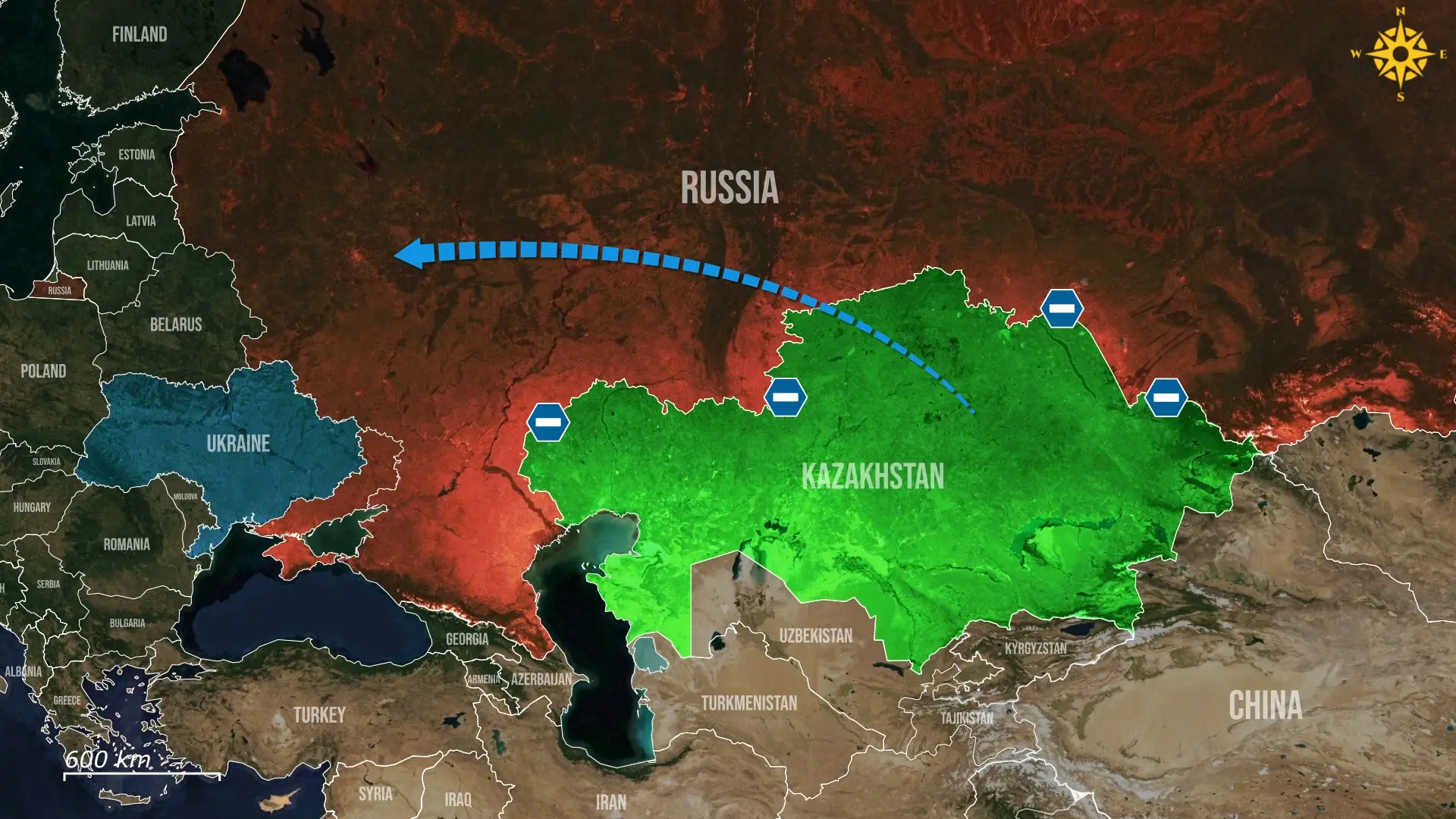

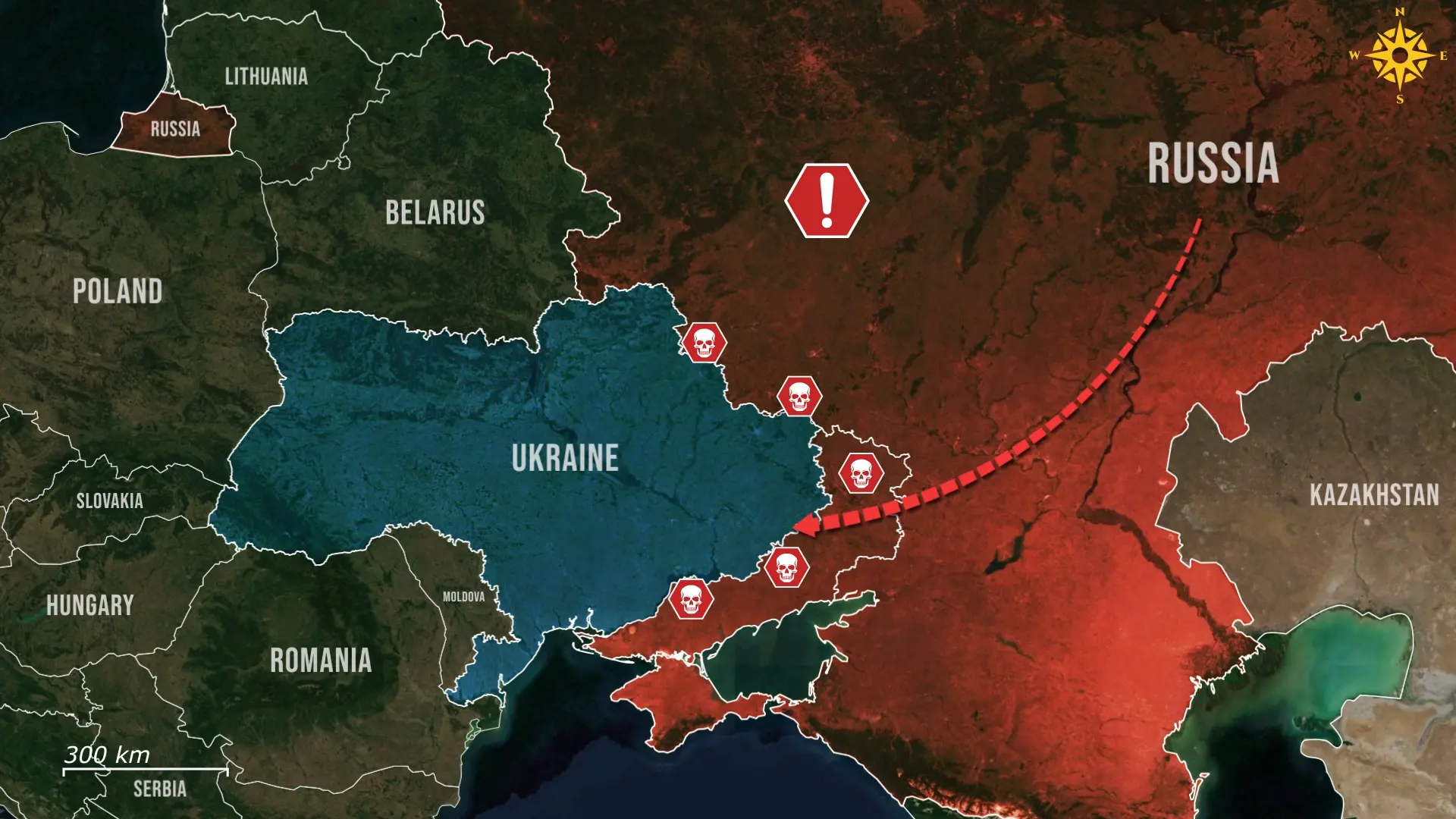

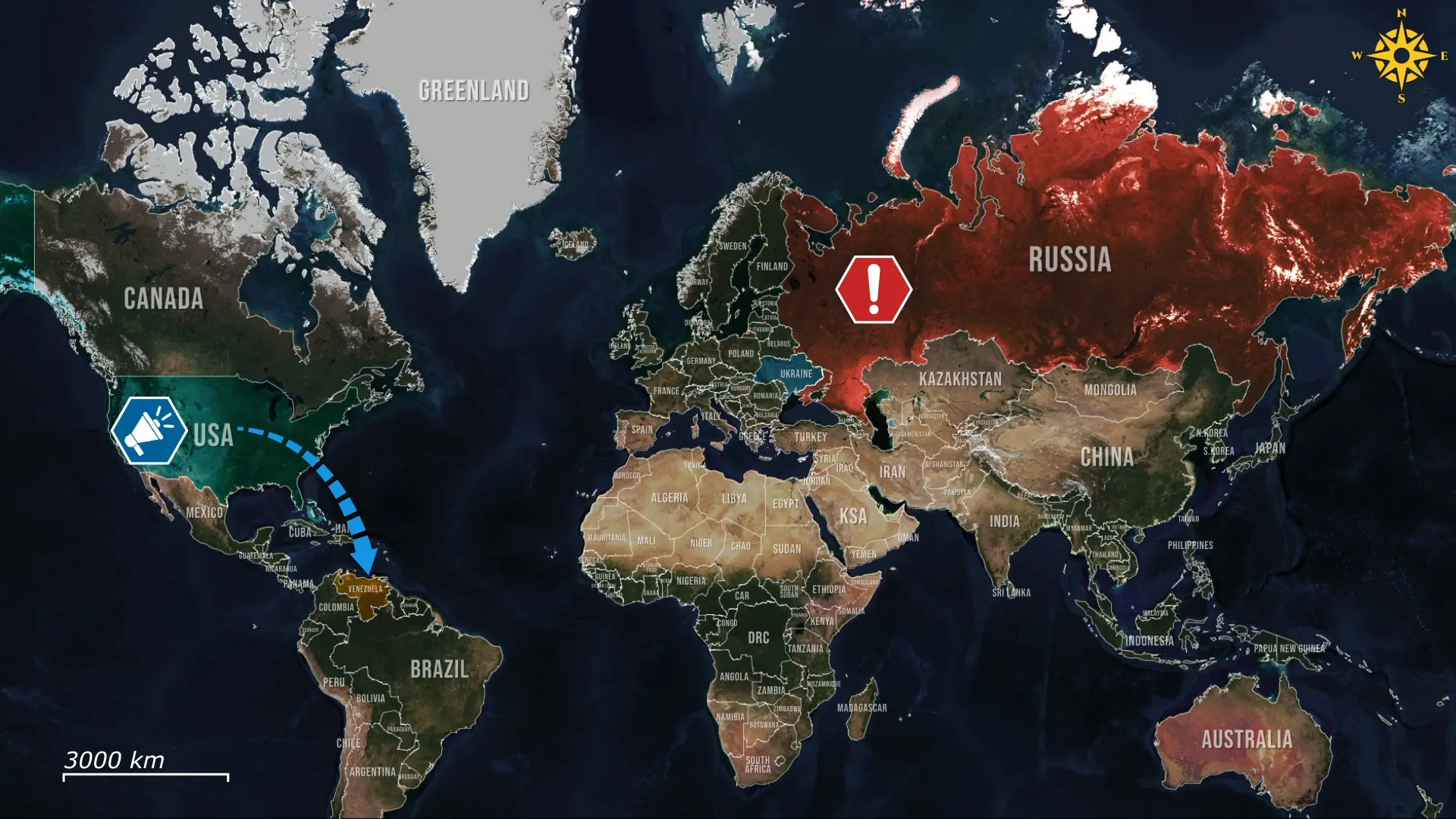
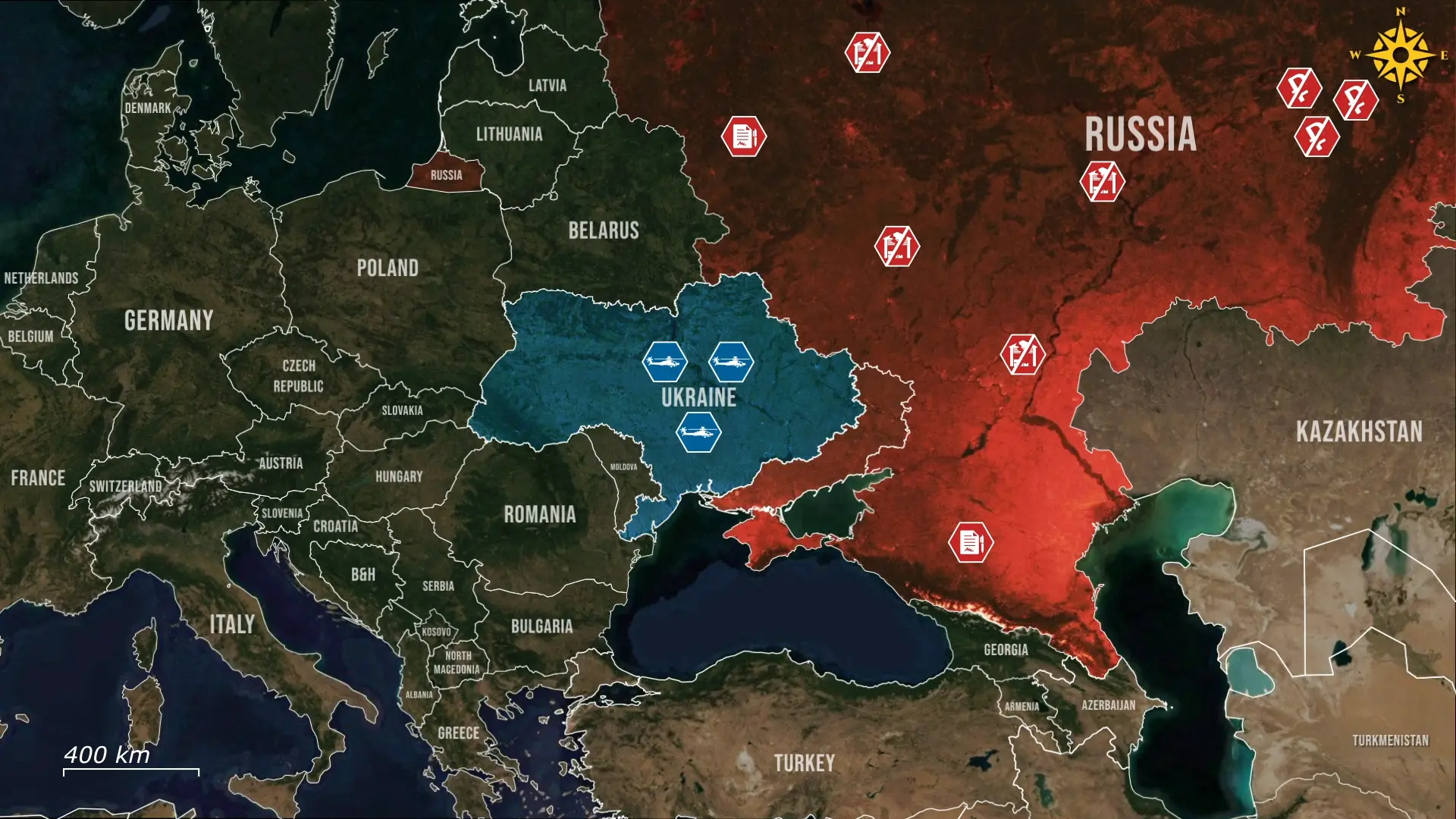
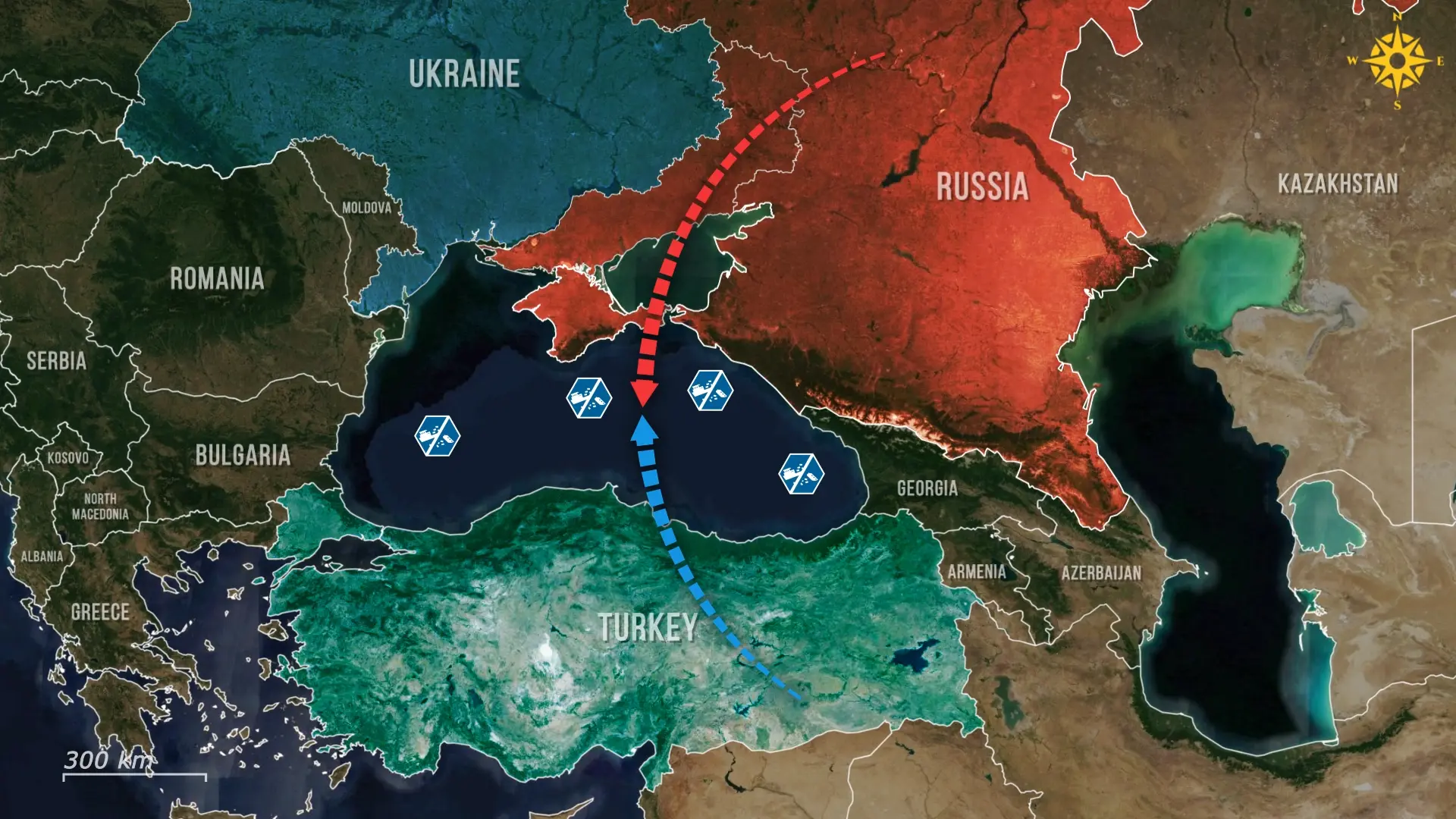
Comments